Zero Point Sikkim (Yumesamdong) is situated at an elevation of 15,300 ft. in the Nothern District of Sikkim, India. This place is often called “Zero Point” because there is no motorable road after this place and the visitors are not permitted to go beyond this point due to its proximity to the Chinese border.
It is 26 km from Yumthang Valley and takes about an hour or more to reach here. It is, in fact, the last part of Yumthang Valley.
Driving on this road is an adventure and it requires some additional skill and courage as it is very treacherous, this drive is amusing as the place itself spreads through several curves and bends through rugged mountainous roads amidst the rocky terrain.
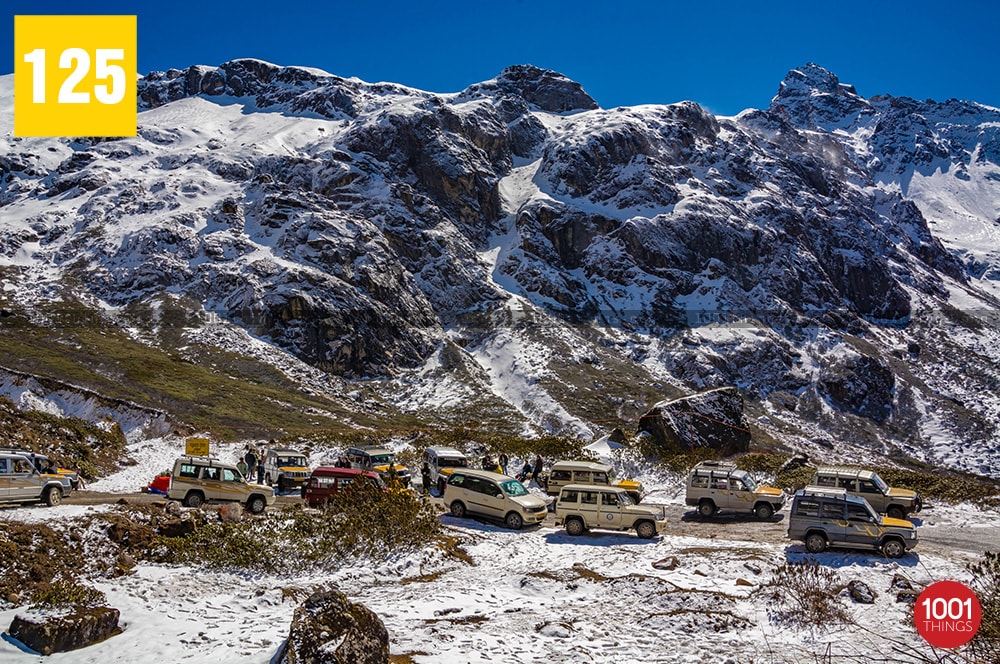
The route leading to Yumesamdong passes through the beautiful mountains, the colorful bushes of Rhododendron anthopogon (known as Sunpaati in Nepali) greet the visitors with the subtle aroma pervading the entire atmosphere, these plants are used by the local people as incense for their religious activities.
The majestic natural beauty of the place welcomes thousands of visitors each year. It is a perfect place for those who want to immerse themselves in the stillness of nature. The exotic splendor of Zero Point Sikkim is enough to keep you engrossed in its charm.
Yumesamdong is a land of perennial snow, and snow has always been of great attraction for tourists. Owing to the loftiness in Zero Point Sikkim altitude, the place remains snow laden mostly throughout the year.
The landscape begins to change with the melting of the snow transforming the entire place into a beautiful meadow. It turns into a vast stretch of grazing ground for the nomadic shepherds. Blue sheep are sometimes spotted grazing around the place.
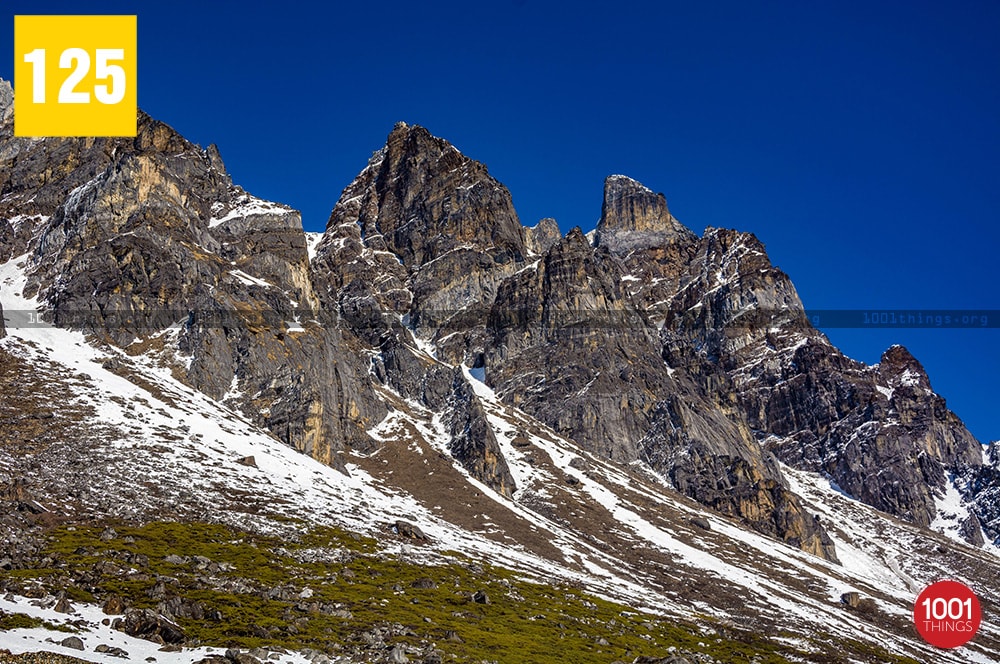
What to expect?
Zero Point (Yumesamdong) is a major attraction in North Sikkim. It stands as one of its kind of attractions in the entire Northeast owing to its offbeat touch and geographical isolation from the hustle and bustle of the crowds.
The farthest end in the Northern Sikkim, the place exudes serenity with the stunningly breathtaking visual setup. Thus, it wouldn’t be unfair to designate Zero Point a paradise on earth.
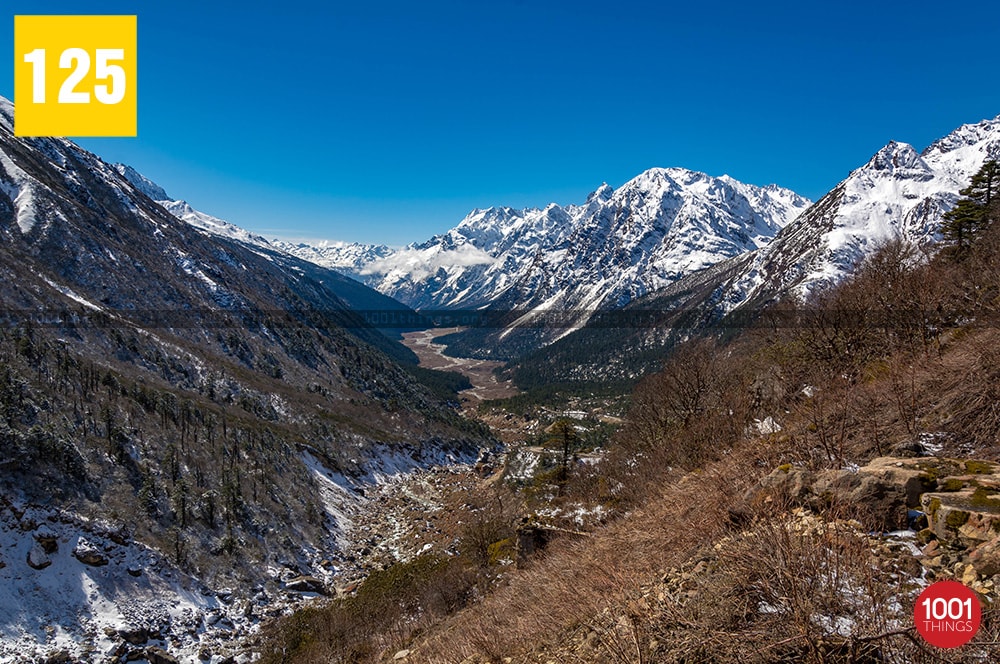
Important things to know before going to Zero Point Yumthang Valley
Owing to the extremity in Zero Point Sikkim altitude, the Oxygen density here is a bit low. Thus, if you are planning to visit the place, especially during Winters, you should be extra cautious. We highly recommend that you get a physical examination by a doctor before going there.
What to carry?
Carry medicines, moisturizers. And sunglasses are a must if you are visiting during the time of snowfall. The direct rays reflected by the snow can make your eyes sore with pain. A good pair of sunglasses is mandatory for protecting your eyes.
If you are traveling to Zero Point Yumthang Valley for the first time, it is highly recommended to do some research about Zero Point Sikkim before you commencing on your trip.
Carry your snacks as you won’t find many shops in the area. However, you can come across small food stalls or vendors selling instant bites on the way to Zero Point. Tea, pakora, and momos are the only refreshments sold by vendors who travel from Lachung every day.
Tourists are seen enjoying the taste of steaming hot tea and momos to keep away the cold at that severe Zero Point Sikkim weather.
Zero Point Sikkim temperature
The temperature of Zero Point Sikkim in Summer(March – June) range between pleasant levels of 14 Degree Celsius to 20 Degree Celsius. Summer is the best time to visit the place as the entire valley glows in the hues of a thousand flowering blossoms. Monsoon(June – September) experiences heavy rainfall and rough winds.
The temperature during this time ranges from 4 Degree Celsius to 18 Degree Celsius. The clear skies and dry weather of Autumn(October – November) bestows with the best opportunity to witness the breathtaking mountain ranges. The temperature during this time ranges from 7 Degree Celsius to 15 Degree Celsius. Winter(December – February) is when the weather of Zero Point Yumthang Valley, Sikkim experiences excessive snowfall when the temperature falls to –17 Degree Celsius.
Things to do in Zero Point Sikkim
If you are in search of peace and aesthetic appeal, nature, then Zero Point is your dream come true. The valley around the point is the ideal for observing the beauty of nature. It’s a place where you’d be compelled to take out your camera in every direction you cast your gaze on to. If you are a bit adventurous, you can indulge in treks. Yumthang Valley extends a plethora of alternatives for activities – such as nature hikes, photography, sightseeing, exploring the villages, bathing in the natural hot water springs, etc.
Where to stay in Zero Point Sikkim?
Zero Point is not only the extreme edge of North Sikkim, but it is also entirely uninhabited. So, it’s obvious that finding accommodation in Zero Point becomes out of context. There are no hotels, resorts, or homestays in Yumthang Valley. Still, the only option is a permanent Forest Guesthouse in the valley. You can halt for a night only if there is an availability of rooms in the guest house. The only way to get accommodation is in Lachung Valley, which is an hour’s drive from Yumthang Zero Point.

Best time to visit Zero Point Sikkim
Zero Point/Yumesandong remains breathtakingly beautiful throughout the year. The place exudes the different shades of magic in various seasons. Depending on your preference or interest, you can plan your trip to Zero Point. The best time to visit Zero Point Sikkim ideally begins from late March till June. During these months, the valley beneath Zero Point turns into an earthly paradise with thousands of colorful flowers dominating the region.
If you want to experience snowfall, Winter would be the ideal time to visit the place. If you are more interested in watching the enrapturing sights of clear skies and dazzling snow-clad mountains, the best time would be Autumn. Monsoon can be a great time too, but the torrential downpour may result in landslides, road blockades, which eventually will bring you a lot of inconveniences.
How to Reach?
Stood at a great altitude, Zero Point Sikkim is 26 km away from Yumthang Valley. Detached from the rest, Yumesamdong stands as the extreme and farthest spot in North Sikkim. It is a place where the motorable roads end. You can reach the spot by driving through the curving roads through a mesmerizing and beautiful mountainous terrain.
The view along the route and the experience of driving through the rugged terrains devoid of vegetation could be a lifetime experience. You can hire vehicles from the travel operators in Gangtok, Lachung or Yumthang Valley. The fare charges for your trip from Yumthang Valley to Zero Point may vary depending upon the time and season of the year.
Inner Line Permit (ILP) for getting to Zero Point
The Eastern and Northern regions in Sikkim lies quite close to China. The Indian Armed Forces keep very strict security systems. Thus, it is very difficult to get entry into these international border regions. To get entry, you need to obtain a mandatory permit – Inner Line Permit (ILP).
To obtain the Inner Line Permit (ILP), you should carry the photocopy of any of these (Voter ID card /Driving License /Aadhaar Card/ Passport). In addition, you should carry 4 passport size photographs with you, as they are required for the permit.
Authorities forbid foreign tourists from visiting certain places in North Sikkim and Nathu La Pass (East Sikkim) as these areas fall under the international border.
Issuance of a permit for visiting Yumesamdong (Zero Point)
A permit is issued by Police check post for Indian tourists. Issuance of a permit for international tourists is done by the Tourism Department and Police Check Post.
Also Read – Changu Lake Sikkim


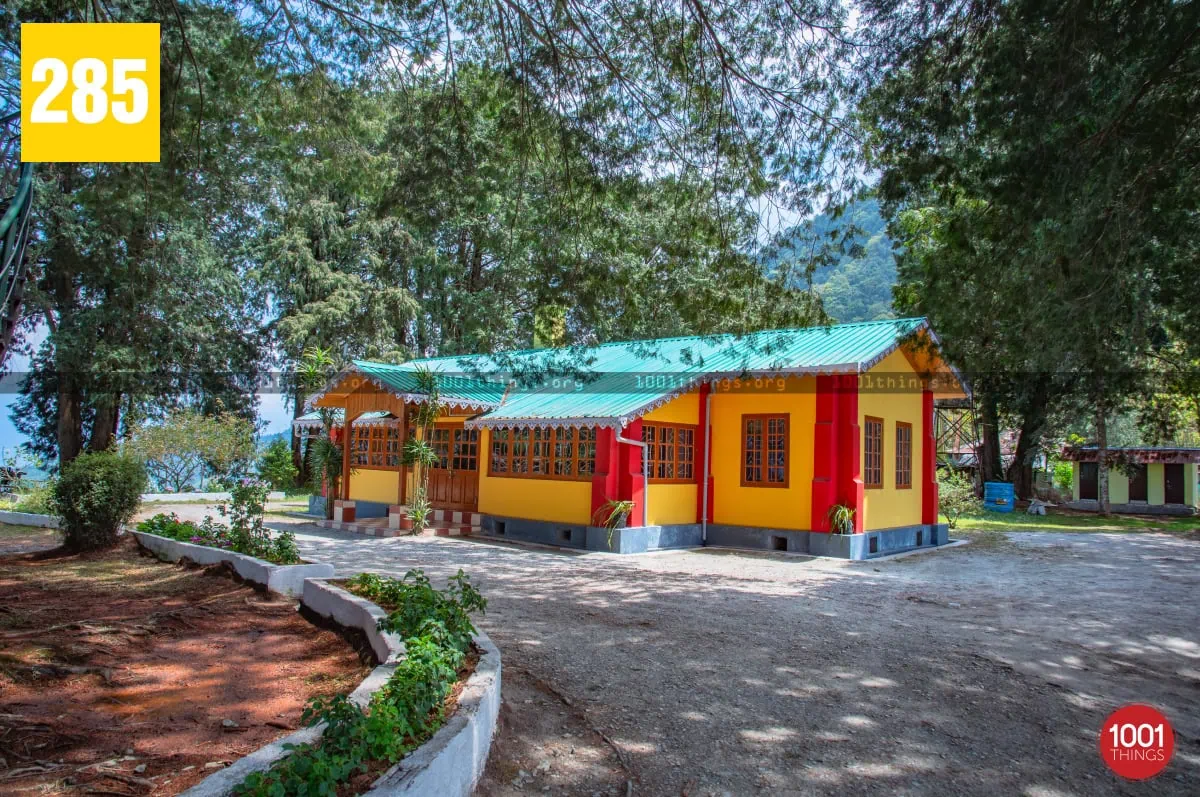
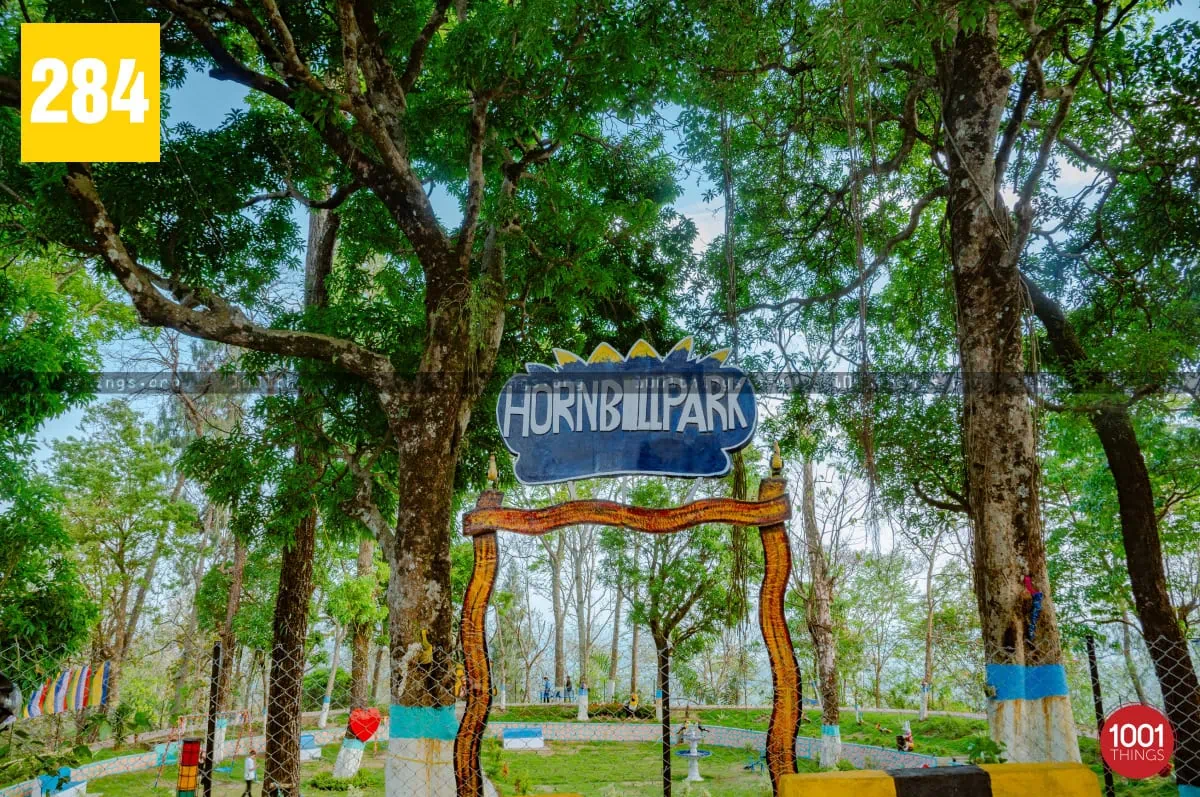
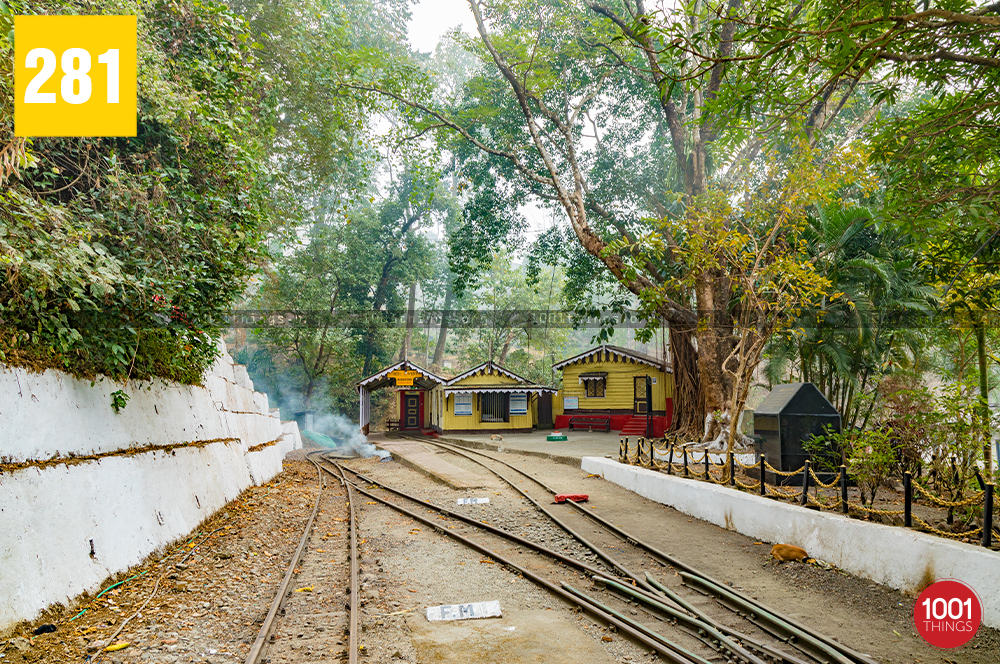
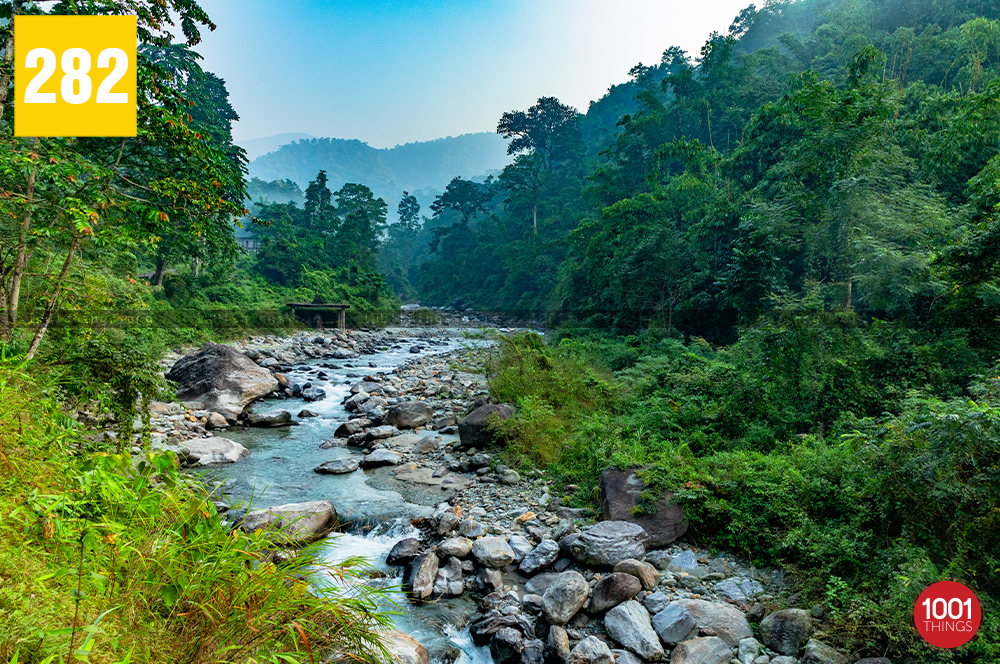
One Response